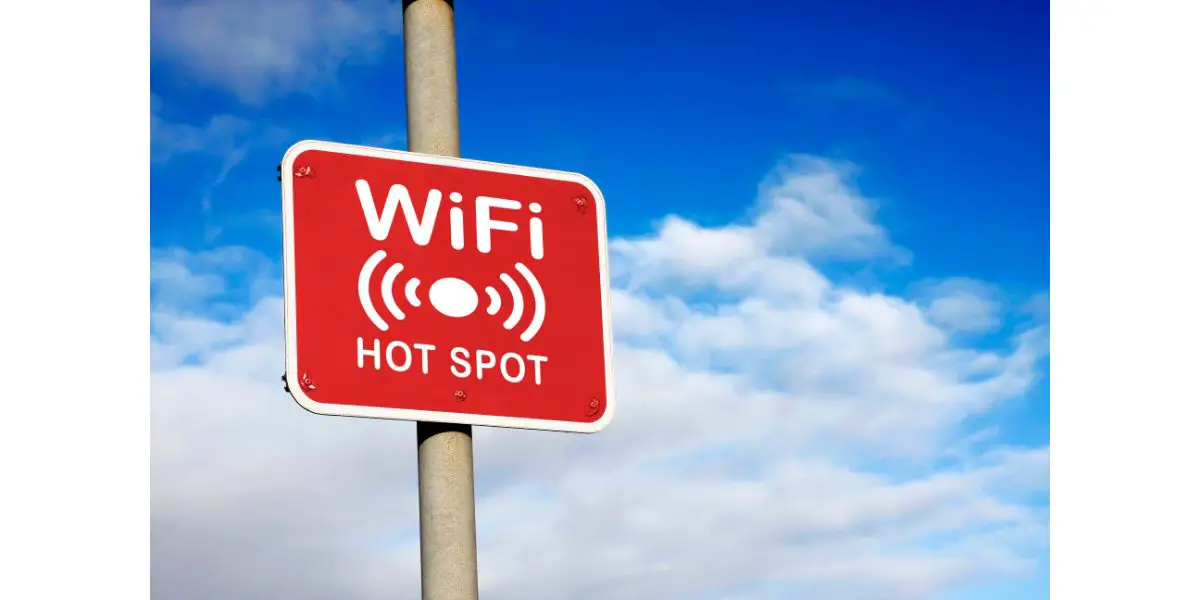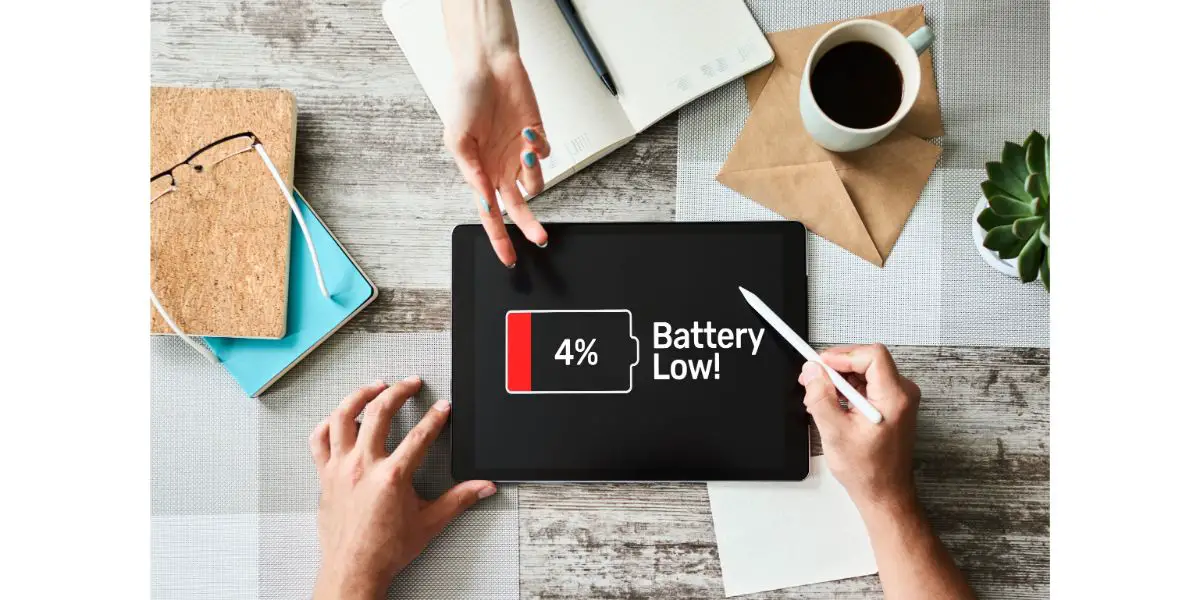Disclaimer: This post may contain affiliate links, meaning we get a small commission if you make a purchase through our links, at no cost to you. For more information, please visit our Disclaimer Page.
There are many advantages of an iPad with cellular data, including reliable access to the internet, full GPS access, and creating your own internet hotspot. The disadvantages of an iPad with cellular data are that it is more expensive, has a shorter battery life, and can lead to missed expectations.
Table of Contents
5 Pros of an iPad with Cellular Data
More Internet in More Situations
The most obvious advantage of having cellular data on your iPad is that it can give you internet access even when you do not have wi-fi.
You will no longer be dependent on a third party internet connection to be able to access it through your iPad. This works by connecting to the internet through whichever mobile tower your iPad accesses.
This can be crucial for your work. If you have a job that requires you to travel, you will be less likely to be stuck without an internet connection during a critical moment because you could not get access to wi-fi.
Similarly, if your job is normally static but traveling and would like to keep an eye on your work, you can do so more reliably with an iPad with cellular data.
Access to the internet through cellular data can also be essential in an emergency where you need access urgently but do not have time to find a wi-fi hotspot.
Finally, if you travel a lot for pleasure, you can take the internet with you to a whole lot more places. This can be a great bonus when you are stuck waiting somewhere without wi-fi access and you just want to kill some time.
Check out our article here if your curious whether or not an iPad with wi-fi can be converted to a cellular one.
The Best GPS Experience
The iPad’s relationship with GPS can be confusing. Few people realize that only iPads that have cellular connectivity have GPS. The reason for this is Apple’s decision to not have a dedicated GPS chip on wi-fi-only models and only integrate it into those with a cellular chip.
If you have used an iPad without cellular connectivity to show you where you are on a map, you might wonder how that happened. iPads can use wi-fi positioning to estimate where you are and show you this location. So why does it matter whether you have GPS or not then?
GPS is more accurate than wi-fi positioning, so it will make a difference if you want precision. Furthermore, GPS is accessible almost anywhere, whereas wi-fi positioning only works if you can access the right wi-fi hotspots.
Using an iPad with cellular data for navigation is better than similar devices. iPads are more portable than laptops, making them easier to have when you are out and about.
They also have larger screens and better ergonomics than smartphones, so the experience can be much less frustrating.
Saving Your Phone’s Battery and Usage
Many people will use their smartphones for internet-related tasks when they are out. This is convenient but can drain your phone’s battery too quickly, leaving you unable to use it for its more intended purposes.
An iPad with cellular data allows you to use it for non-phone tasks, keeping your phone battery charged longer.
This may seem trivial since you are just draining one battery instead of another, but it can make a huge difference when you need your phone to make an emergency phone call or are expecting a contact from someone for the information you need on the fly.
An iPad with cellular data allows you to preserve your phone’s battery for these occasions without sacrificing other tasks.
Using Your iPad as a Phone
Alternatively, you can use your iPad for many phone tasks with cellular data. You will already have a mobile connection if you have cellular data, but you can use it further to make calls or send messages through internet apps like WhatsApp, FaceTime, and others.
Mobile Hotspot for All Devices Wherever You Go
Using cellular data on your iPad frees you from the restrictions of having to depend on third party wi-fi hotspots, but it can take you one step further as well. You can use your iPad to create your own wi-fi hotspot for your other devices to connect to the internet.
This works because your iPad connects to the internet through its nearest mobile tower and then allows other devices to access it and connect to this same internet connection through it.
This may sound like some complicated workaround, but it is actually sanctioned and implemented by Apple. The company provides official instructions for how to set this up on your cellular iPad on their website.
5 Cons of an iPad with Cellular Data
Continual Monthly or Renewable Costs
An iPad using cellular data may act almost the same as one accessing wi-fi, but they work very differently under the hood.
An iPad with cellular data connects to the internet through a mobile provider, meaning you must pay for the mobile subscription or data package for this to work.
This will usually be a rolling monthly cost as with an ordinary phone contract or payment upfront per quantities of data your iPad will consume. Unlike wi-fi, accessing the internet on your iPad with cellular data will rarely be free.
In addition to the cost, you must have an ongoing or constantly renewed relationship with a mobile operator. This can be less expensive but more time-consuming if you go for the latter option.
Higher Up-Front Costs
iPads with cellular connectivity are more expensive than their wi-fi-only counterparts. Even when you factor out the cost of paying for mobile internet, the cost of the actual devices are higher.
Although they offer more convenience, including the GPS capabilities we learned about earlier, you must consider whether this will justify all the extra expenses.
Sometimes, a marginally less convenient but significantly less expensive device is the better option. You must consider how much you will rely on the cellular data.
You May Have Connectivity Issues Anyway
Many people treat cellular data as a solution for spotty internet access. An iPad with cellular data will not guarantee you internet access wherever you are.
Mobile towers indeed have far more reach than wi-fi hotspots, and wi-fi hotspots often need individual access permissions whereas mobile towers only need a valid SIM card, but they still cannot provide internet access absolutely everywhere.
Mobile data is also different to the type of connection you use when making a phone call, so even if you know that your chosen mobile provider has coverage in a certain area, this does not mean that the internet access there will be good.
Getting cellular data for your iPad is a good way to increase your internet access, and usually dramatically, but it is not a solution for making sure that you absolutely always have internet on your device.
Poorer Battery Life
An iPad that attempts to stay connected to cell towers will have a shorter battery life. This is not a fault with the units, nor does it mean their batteries are worse.
There are multiple reasons for why an iPad with cellular data will use more power than one without, including having to maintain multiple connections, pausing and continuing, and handovers between towers.
The good news in the shorter battery life on cellular iPads is that you can increase it back up to expected levels by turning your mobile connection off in your device’s settings.
If you do this, however, you will not be able to use any of the advantages of having an iPad that is enabled for cellular connectivity.
Confusion With Mobile Providers
iPads do not always work the same way with mobile providers as smartphones. Older iPads will exclusively use a traditional tray for inserting the SIM card you get from your mobile provider, but newer cellular iPads use eSIMs.
eSIMs allow your iPad to connect to a mobile network without you needing to physically insert a SIM card into your device.
Because of their nature, they will only work with mobile operators that Apple already has an arrangement with, which means that not all mobile operators will allow you to connect your iPad via its eSIM.
The SIM tray does still remain an option, however.
Conclusion
We have learned today about 5 pros and 5 cons of an iPad with cellular data. Although it can make a lot of tasks more convenient and accessible, it always comes with a higher price tag and creates a few new complications, so you will need to weigh up whether what you gain with the pros is more important than what you lose with the cons.



